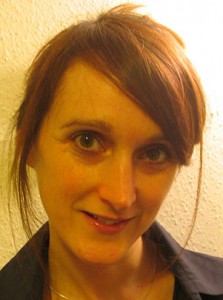Karen Martin
Walk the line: The use of public space at street and borough scale
CASE is pleased to announce that the next CASE open lecture of 2014/15 will be given by Karen Martin. Her lecture entitled, Walk the line: The use of public space at street and borough scale, will be given on Wednesday, 22nd October 2014 at 5.30pm in Marlowe Lecture Theatre 1. Everyone is welcome to attend.
Bio: Karen originally trained as a dancer and the desire to understand the relationship between movement and space continues to inform her work despite a move into academia. In a variety of art and academic projects Karen has used experimental ethnographic techniques such as participant walks, cultural probes and research by design to explore the relationships between the social and spatial aspects of public space. Since January 2010 Karen has been working at the University of Kent as research assistant on the projects “Shades of Grey: Towards a Science of Interventions for Eliciting and Detecting Notable Behaviours” and “Capturing the lived experience of foodbank clients and volunteers”. From 2011-13 she was design unit tutor at the School of Architecture at Plymouth University for unit In-between exploring strategies of community engagement for architects.
Talk summary: The two projects Karen worked on at Kent explore pedestrians’ use of public space at two different scales and investigates how this is affected by spatial conditions and interventions. The project “Shades of Grey: Towards a Science of Interventions for Eliciting and Detecting Notable Behaviours” consisted of a series of temporary interventions in public space that aimed to alter pedestrian flow. The more recent work, “Capturing the lived experience of foodbank clients and volunteers”, captures the everyday places that foodbank clients and volunteers go in the London borough of Lambeth. Mapping these places revealed insights into the spatial and social similarities and differences in these lived experiences. This talk presents an overview of the findings from these projects and discusses the themes that emerge.

